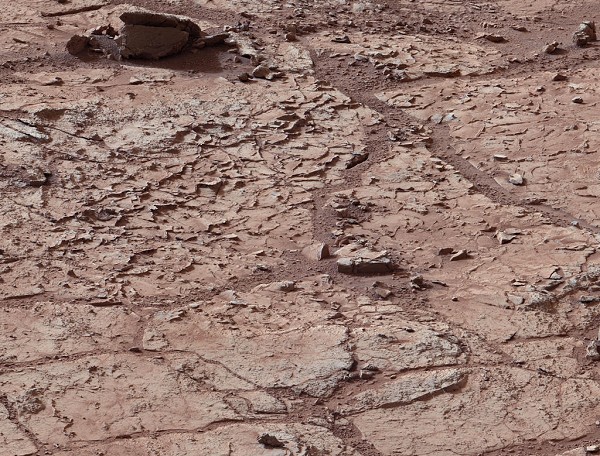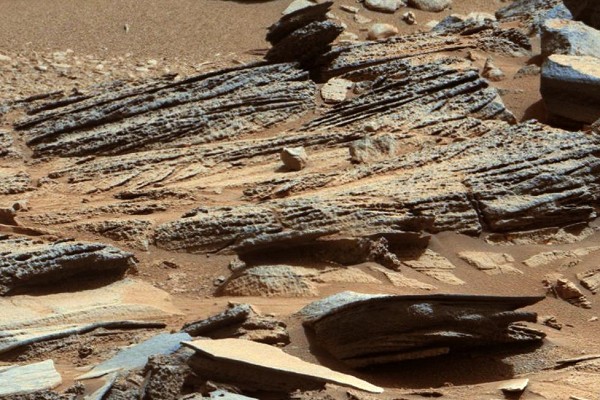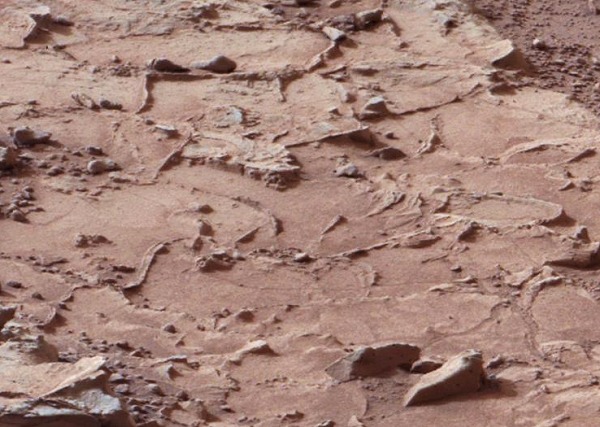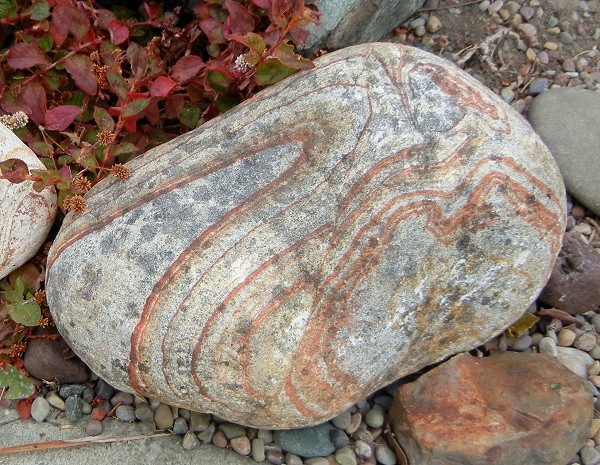Mars has been on my radar for a very long time, since the astonishing day back in 1965 when Mariner 10 first sent back a picture of craters on its surface. So I'm not a Johnny-come-lately to the red planet. I've followed the news from every Mars mission, orbiters and landers alike. But Curiosity, the most recent robot rover, has especially piqued my curiosity as a geologist. I think there are two reasons: the darn thing has finally become a decent field assistant, and NASA is sending it to some of Mars' most Earthlike places. So let me channel the late Huell Howser here and share some of what makes me go, "That's amazing!"
Unlike most previous landers, Curiosity has decent vision, about as good as my pocket camera. Its pictures actually look good on my desktop display, no longer like a frame grab from an old videocassette. Curiosity is a lot sturdier too—big, quick on its feet—and smarter.
It's got a nice hand lens, better than mine, that offers almost-microscopic closeups. It has a shovel, like lots of its predecessors did. One of my worst frustrations in watching Mars robots over the years was wishing I could lean in and just blow the dust off of things. Lo and behold, this rover packs a broom!
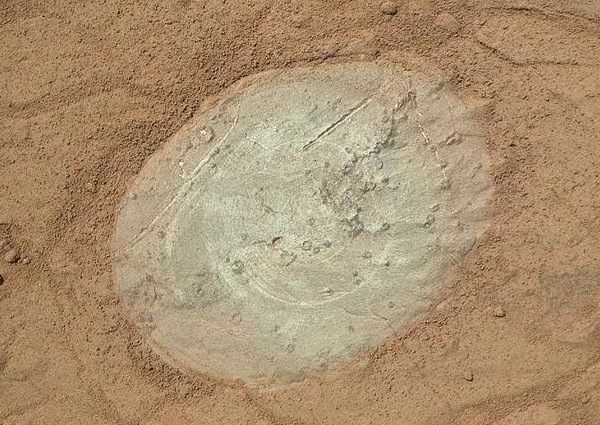
And while previous rovers had little grinding tools to function like the hammer and chisel in my field pack, Curiosity has a proper rock drill. They'll be testing it for the first time in coming weeks, somewhere in this car-sized piece of landscape named John Klein.
